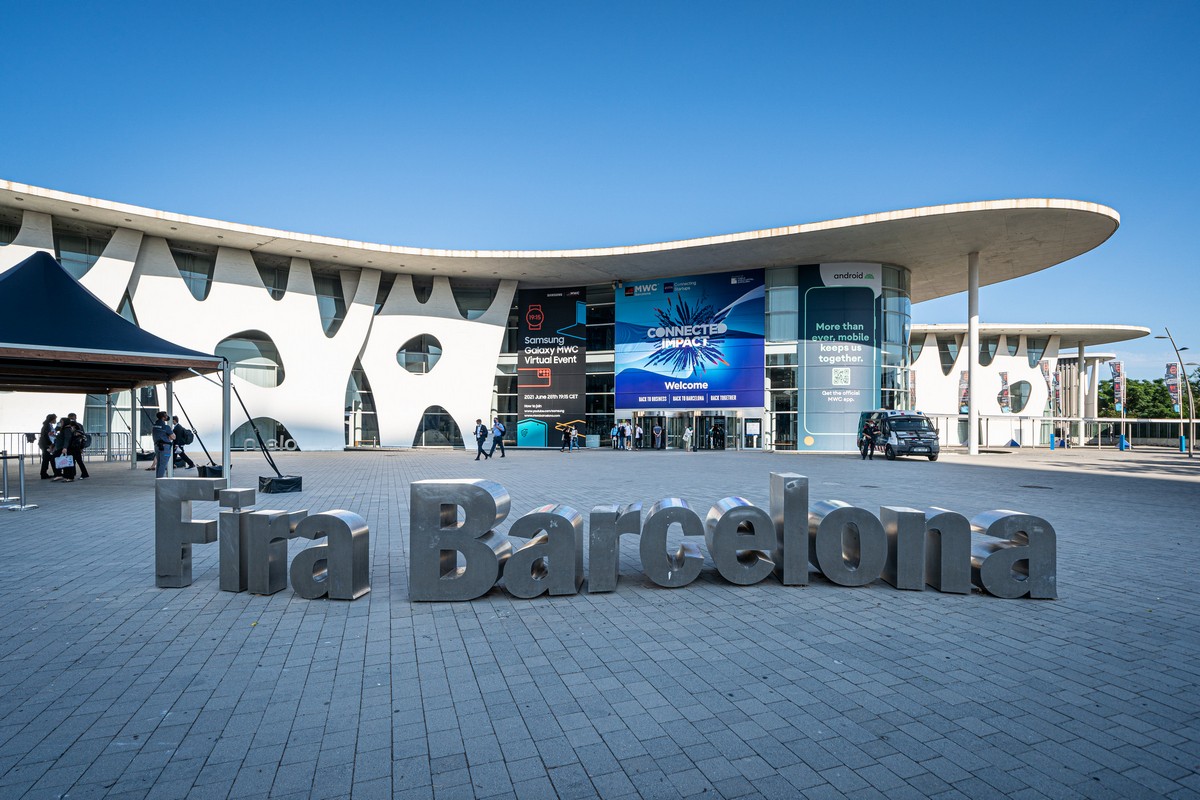After a two-plus-year break, the Mobile World Congress trade show returned at the end of June to mixed reviews. Before the pandemic, all eight main exhibition pavilions were jam-packed, but this year only three of them were close to full. Many major companies decided to give MWC21 a miss. The new product announcements weren’t the most interesting ever, and with Spain still struggling to cope with its new COVID-19 cases, some said large-scale events should stay on hold.
The list of criticism about the event is both long and justified. MWC21 really was a far cry from the colossal Mobile World Congress conferences of the past. Nevertheless, this year’s event was still an interesting and important one. First and perhaps foremost, it symbolized a return to some semblance of postpandemic normality, albeit not what anyone would have considered normal a couple of years ago.
Second, MWC21 also provided a preview of how other major conferences and similar crowded events might be held in the near future. The extensive safety measures may have been the most interesting aspect of the event. Like it or not, these technologies are going to become part of our daily lives if we want to do anything offline.

Eugene Kaspersky’s MWC21 post has lots more event photos
No smartphone, no entry
Major events have been using apps for some time. Once a convenience for visitors (for example to view the schedule or register for a session), conference apps as an entry requirement is new.
Having forgone the familiar physical event badges, the conference required a modern smartphone with a recent version of Android (or Huawei’s not-entirely-Android platform) or iOS to run its app. The discrimination against users of much older phones is probably justified given the theme of the Mobile World Congress. But the same system is bound to become popular even for lower-tech events.
Visitors needed a negative COVID-19 test result to enter the venue, and once in, vaccinated or not, had to retest every 72 hours and use the very same app to update their results. They also had to complete a daily health declaration.
On-site testing took place in a huge hall reminiscent of border control at a large airport. The 1.5-meter distance requirement between people waiting in line was impossible to enforce, but everyone was in and out in less than an hour.
For another glimpse of our future, the venue used facial recognition at the entrance to confirm digital badge holders’ identities. (Visitors could opt for manual ID verification, sacrificing speed.)
The biometric system recognized most visitors even if they wore a mask — and we’re talking about the FFP2 masks the venue required, which cover more than half of the face. Although when it didn’t, employees at the entrance had to ask some people to lower their masks. It’s hard to say how much this complex operation really protected against the spread of infection, but it did look the part.
Of course, the MWC program was also part hybrid, with many attendees and exhibitors choosing not to risk attending the event in person. Some sessions, such as our press conference on cybersecurity issues in dating apps, were streamed from the venue for viewers online. Some reversed the stream, with the speaker projected on a screen to a live audience in the hall. And some of the presentations were prerecorded.
Lessons for the future
Conferences and trade shows are unlikely to continue or resume at their old scale. That’s hardly a surprise, but after the MWC21 event, it’s undeniable. Six months ago, some hoped mass vaccination would bring life back to normal by the summer or autumn, but that hope now seems unrealistic.
For now at least, technophobes are better off staying at home. Mobile apps, biometrics, and other forms of 5G-microchipping will be unavoidable at large events for the foreseeable future. That said, life goes on. In the end, MWC21 happened, which is pretty impressive.
 Mobile World Congress
Mobile World Congress

 Tips
Tips